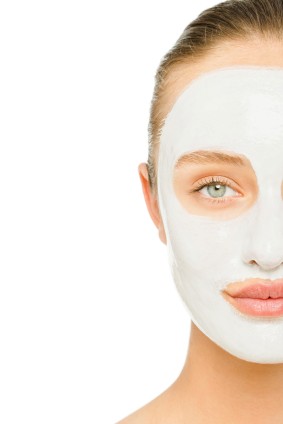Skin peeling procedures are incredibly popular in the United States for the simple reason that they are minimally invasive and very effective. In 2006 alone, 965,000 women had chemical peels done, making it the second most popular skin care procedure only after Botox™.
What makes skin peels so desirable in skin care?
Skin peeling is clinically proven to reduce the appearance of fine lines and wrinkles, photoaging, minor scarring and hyperpigmentation. It can also reduce the appearance of enlarged pores.
Another advantage to chemical peels is that they can be used on the face, arms, neck, chest, hands and legs for the treatment of photoaging, scarring, acne and hyperpigmentation. A chemical peel can peel away the years of sun damage, acne scarring and signs of normal aging.
In comparison to other cosmetic surgery procedures, chemical peels are minimally invasive, less painful and have a shorter recovery time period, while still effectively improving the appearance and health of your skin. It is a revolutionary skin care regimen and has been the boon of women in the western world.
How does it work?
Simply put, a chemical peel works by removing the outer, dead layer of the skin. By peeling away the dead outer skin, this improves the appearance of the skin and stimulates new skin growth.
Skin peeling should only be done by a qualified doctor. Your doctor will examine your skin and prescribe the appropriate type of skin peel for you. He or she will also tell you how many treatments are necessary for you to achieve the desired results, this varies.
Peeling procedures are classified by type of chemical used and how strong the solution is. Your doctor will most likely classify your peel as superficial, medium, or deep. It is important to choose a doctor skilled in this skin care, as the right combination of chemicals and appropriate strength need to be custom designed for your skin.
What can I expect during the procedure?
Peeling takes place in the doctor’s office, and the procedure takes about 15 minutes. The doctor will apply the solution to the area to be treated, usually the face. Lighter peels do not require general anesthesia, but deeper peels may.
The chemical peel then works to separate the superficial skin cells on your face. Sensations experienced during the procedure vary: some feel cool or tingling, others feel warm or hot sensations. Stinging has also been reported.
By peeling the outer skin cells, you experience immediate improvement to your skin’s appearance, whether it be fine lines and wrinkles, scarring, acne, or hyperpigmentation.
What is recovery like?
It is extremely important to follow up with your doctor’s recovery instructions, as newly peeled skin is very susceptible to sun damage and cosmetic skin products.
You will be told to stay out of the sun for two weeks or more, use sunblock religious and possibly avoid makeup.
Depending on the level of the peel and your skin’s sensitivity, you may experience redness, irritation, swelling, scabbing or breakouts. This is all part of the healing process.
If you experience a severe reaction, follow up with your doctor, as they can prescribe ointments to treat any reactions.
Recovery time is one to three weeks, dependent upon how your skin reacts to the skin peel.

